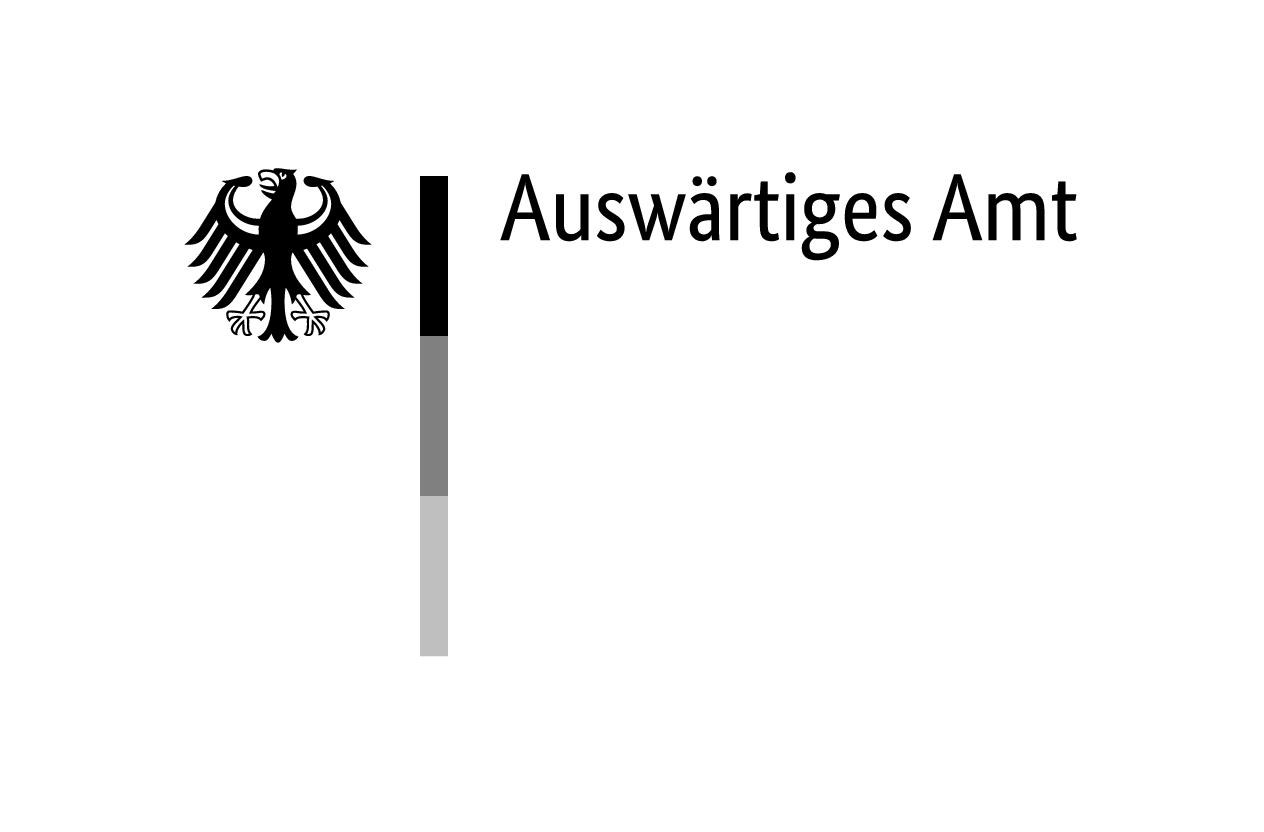In Casacalenda, around 40 kilometres from the town of Campobasso in the central-southern Apennines, Italy, a former boarding school served as a concentration camp (campo di concentramento). The building, located in the centre of the town, had three spacious rooms and nine smaller ones, a kitchen and administrative offices.
Women’s Camp
The camp began operating as a women’s camp at the beginning of August 1940. Women from so-called enemy states, Italians categorised as ‘dangerous’, foreign or stateless Jewish women and former Yugoslav women were interned there. The camp was run by a police commissioner who was assisted by a female director; three Carabinieri and two police officers were assigned to supervise the camp.
The total number of internees fluctuated between 45 and 60. After 10 September 1943, all the women were released on the orders of Marshal Pietro Badoglio (1871–1956), head of the provisional government.
Commemoration of Sinti and Roma
On 25 April 2019, a memorial plaque was erected in memory of the women who were interned in the camp.
Among them were three women who belonged to the Sinti and Roma community: Angela Caris, born in 1919 in Elsane (Fiume/Rijeka), arrived in Casacalenda on 13 March 1941 and was transferred to the Bojano camp the following day and from there to the Agnone camp on 21 August 1941; Cesarina Rainard, Swiss, born in 1920 in Dolo (Venice), was interned in Casacalenda from 28 December 1940 to 5 December 1941 and then in the Agnone camp; Bunia Alossetto, born 1884 in Burgos (Spain), was interned in Casacalenda in November 1940, transferred to Bojano on an unknown date, and interned in the Agnone camp in September 1941.




